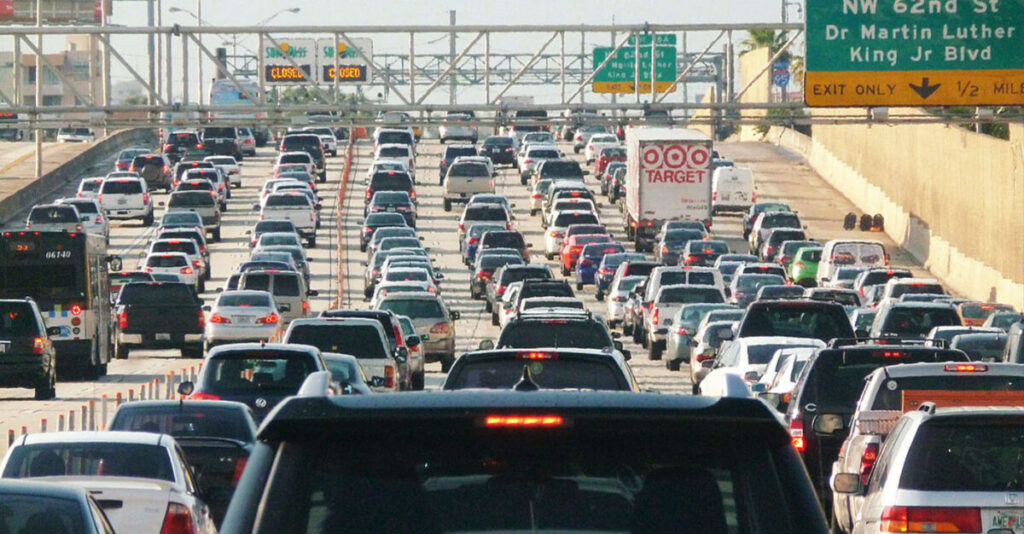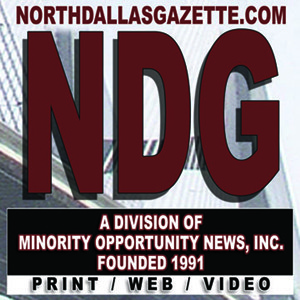By Stacy M. Brown
NNPA Senior National
Correspondent
Across the United States, drivers are spending more time stuck in traffic, navigating crumbling roads, and bracing for dangerous encounters with aggressive motorists. A trio of new reports paints a troubling picture: America’s roadways are jammed, its drivers are angry, and the impact is growing more severe in cities from coast to coast. Leading the crisis is Washington, D.C., which has overtaken Los Angeles as the city with the worst traffic in the country.
According to Consumer Affairs, D.C. drivers face an average commute of 33.4 minutes — the longest in the nation — and spend 6 hours and 35 minutes sitting in weekday congestion. That adds up to 71 full days spent in traffic every year. Los Angeles now ranks second, followed by Miami, San Francisco, and Atlanta. Baltimore, Maryland, cracked the top 10, landing at number nine with a 29.2-minute average commute and more than 5.5 hours of weekday congestion.
Virginia Beach was the only Southern metro to improve its traffic rank compared to last year. “Congestion is oftentimes a sign of economic prosperity,” said UCLA professor Michael Manville. “A region with a growing economy provides a lot of opportunity, so people want to work there…the roads in an area with a booming economy become overloaded and congested.” But congestion is only one side of the crisis.

In a separate 2025 Consumer Affairs analysis, states like Louisiana, New Mexico, and Colorado emerged as hotspots for road rage. Nearly 60% of Louisiana’s traffic fatalities last year were tied to aggressive or careless driving — four times the national average.
In New Mexico, road rage incidents involving gun violence occurred at nearly four times the national rate. And Colorado leads the country in reckless driving violations, with more than eight per 100,000 residents. Pew Research reports that 63% of Americans now see aggressive driving as a major problem in their communities. Even cities that don’t top the congestion charts are grappling with deteriorating road conditions and dangerous driving behavior.
North Carolina, Arkansas, and Hawaii reported that nearly half or more of their fatal crashes were linked to driver aggression. Meanwhile, in New Jersey, a third of fatal accidents involved reckless behavior — a number complicated by reports of law enforcement discretion in issuing citations. For residents in high-impact areas, the daily toll is personal.
“I’ve lived in Northeast for 37 years and commuted to Capitol Hill for the last 18,” said Denise Pennington of Washington, D.C. “It’s worse than it’s ever been. You used to be able to plan around it, but now, no matter when you leave, you’re stuck. And people are more aggressive. Everyone’s just fed up.”
Lachaughn Warren, 61, has lived in Southeast D.C. her entire life and said the gridlock has become constant.
“There’s no good time to drive anymore. It used to feel like you could figure out the traffic flow. Now it’s just unpredictable, all day long. It’s chaos.”
In New York, which ranks sixth for worst traffic, the situation has added pressure to an already strained system.
“The potholes are everywhere, and the traffic doesn’t move,” said Jason McNeil, a 53-year-old public school employee in the Bronx. “I worry every morning about being late. And it’s not just me — it’s the students, the teachers, the staff. We all feel it. It’s like the city is breaking down one street at a time.”




